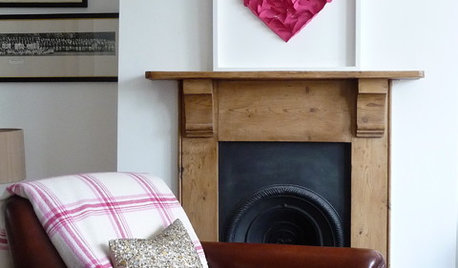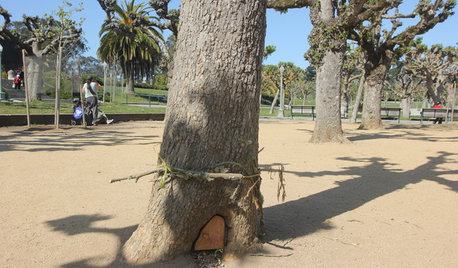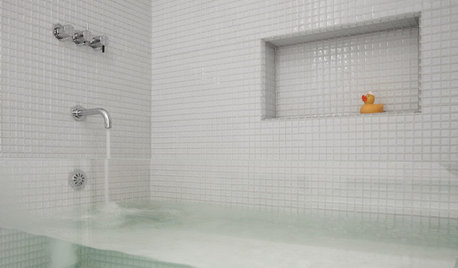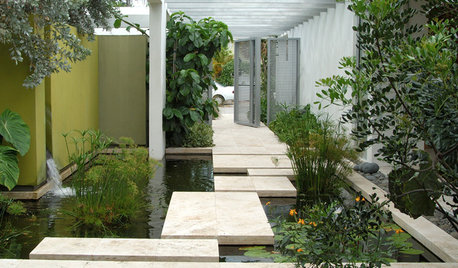Did I miss the boat...
monet_g
13 years ago
Related Stories

Let's Dish! Did You Watch the Flipping Out Premiere?
Contemporary Remodel Kicks off Design Show's New Season. What Did You Think?
Full Story
VALENTINE’S DAYTell Us: Why Did You Fall in Love With Your House?
What was it about your house that made your heart flutter? Share your photo, and it could make the Houzz homepage
Full Story
FUN HOUZZDid Elves Make a Home in a San Francisco Park?
Speculation has swirled around a Lilliputian doorway in Golden Gate Park. We give you the true story — and a design dilemma
Full Story
REMODELING GUIDES10 Features That May Be Missing From Your Plan
Pay attention to the details on these items to get exactly what you want while staying within budget
Full Story
KITCHEN DESIGNTrend Alert: Swinging Doors Can't Miss for Convenience
Create accessibility and elegance in one fell swoop with a swinging door modernized for today's homes
Full Story
DECORATING GUIDESRubber Duckie Day Fun to Float Your Boat
We’ve been in fine feather at Houzz gathering all the photos of duckies making their home in yours
Full Story
LANDSCAPE DESIGN8 Modern-Day Moats That Float Our Boats
See how a simple water barrier with ancient roots can make for an eye-catching contemporary garden feature
Full Story
GARDENING GUIDESHow I Learned to Be an Imperfect Gardener
Letting go can lead to a deeper level of gardening and a richer relationship with the landscape. Here's how one nature lover did it
Full Story
FUN HOUZZEverything I Need to Know About Decorating I Learned from Downton Abbey
Mind your manors with these 10 decorating tips from the PBS series, returning on January 5
Full Story







TheMasterGardener1
tapla (mid-Michigan, USDA z5b-6a)
Related Professionals
Raleigh Landscape Contractors · San Pedro Landscape Contractors · Wallingford Landscape Contractors · Watertown Landscape Contractors · Clearfield Landscape Contractors · Elizabeth Solar Energy Systems · Glen Ellyn Solar Energy Systems · Menifee Solar Energy Systems · Moraga Solar Energy Systems · Denver Window Contractors · East Renton Highlands Window Contractors · Gibsonton Window Contractors · Bothell Fence Contractors · Burlington Fence Contractors · Towson Fence ContractorsOhiofem 6a/5b Southwest Ohio
TheMasterGardener1
tapla (mid-Michigan, USDA z5b-6a)
monet_gOriginal Author
tapla (mid-Michigan, USDA z5b-6a)
monet_gOriginal Author
jodik_gw
newgen
tapla (mid-Michigan, USDA z5b-6a)
monet_gOriginal Author
tapla (mid-Michigan, USDA z5b-6a)
monet_gOriginal Author
meyermike_1micha
tapla (mid-Michigan, USDA z5b-6a)
monet_gOriginal Author
jodik_gw
meyermike_1micha
monet_gOriginal Author